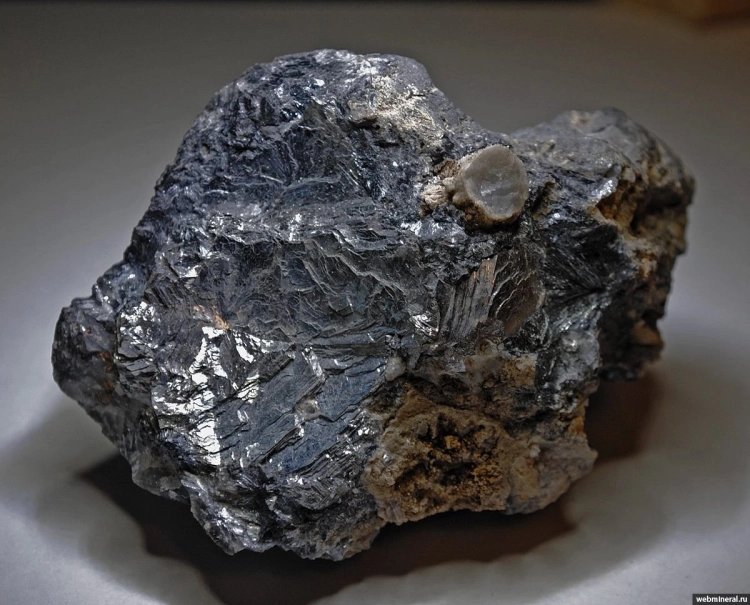Hero, Demanded by the Era. Part -5
Perhaps, Shabdan hero was among the Muslim population of Turkestan the holder of, perhaps, the largest number of government awards: 5 first-class honorary robes, 1 second-class robe, two large gold medals on Stanislav and Annen ribbons for wearing around the neck, four medals: a) In memory of the conquest of the Kokand Khanate, b) In memory of all campaigns and expeditions in Central Asia from 1853 to 1895, c) In memory of the sacred coronation of Emperor Alexander III, d) In memory of the deceased Emperor Alexander III, the sign of the Red Cross Society, the sign of the Military (Georgievsky) Order of the 4th degree. He was also awarded gold watches with a matching chain by the highest decree. Shabdan hero was among the representatives of the indigenous population of the Semirechye region who participated in the coronation ceremony of Alexander III in St. Petersburg in 1883, and at that time he received the military rank of Voiskovoy Starshina (Major).
Nevertheless, the famous hero never became a full-fledged citizen of the Russian Empire, although he devoted much strength and energy to affirming its power in Turkestan. Thus, his appeal in 1899 to Emperor Nicholas II for his and his sons' admission to the nobility went unanswered. After repeated requests for allocation of a land plot (400 desiatinas) for private ownership since 1898, only by the end of his life did Nicholas II put a resolution: "Agreed, in any case, for life. October 24, 1910."
In December 1904, Shabdan hero made a pilgrimage to Mecca, during which he contributed 2000 rubles to the fund for the construction of a railway heading towards the sacred mountain of Muslims, for which he was awarded a certificate and a gold medal by the Emir of Turkey. After that, the famous hero began to act even more actively in protecting the interests of his Turkestani compatriots — Muslims. This is evidenced by a petition he composed on behalf of the Muslim population of the Semirechye region to the Chairman of the Cabinet of Ministers in 1905, which consisted of 11 points. It pointed out the "shortcomings in the legal life" of the Muslims of the region and requested the organization of a Muslim Spiritual Assembly in Semirechye with the transfer of all affairs related to the management of Muslims, including judicial establishments; rights to open mosques, madrasahs, and mektebs with instruction in the native language; publication of newspapers, magazines, and books; and equal rights to acquire real estate, professional education, and land ownership.
As early as the beginning of the 20th century, Shabdan hero built a mosque in Tokmak, and then a beautiful mosque-madrasah in his native Chon-Kemin, with the first being primarily funded by his personal resources, amounting to over 10,000 rubles, and the second — 15,000 rubles. In the Chon-Kemin madrasah, 300 Kyrgyz children were educated using the most advanced methods of that time. Shabdan's son, Isamidin, who received education in Namangan and Tokmak, opened and maintained the "Shabdan" school in 1909 with 150 students, teaching there himself. The teachers were true professionals, specially invited from the cities of Orenburg, Kazan, Tashkent, and Bukhara. The hero paid them very well. Each received a salary from 500 to 1000 rubles, with full provision for living conditions. Considering that at that time a good sheep cost no more than one ruble, and a horse up to five rubles, one can clearly imagine the magnitude of the salaries of these teachers and realize the paternal care that Shabdan hero showed towards the younger generation, i.e., for the future of his people.
All this did not go unnoticed by the Russian administration, which began to fear the strengthening of pan-Islamism in Turkestan.
An open campaign against Shabdan hero and his entourage intensified, who had already been under unofficial surveillance since 1888. This objectively led, along with other large-scale reasons, to the emergence of a national liberation movement in the region, expressed in the open uprising of the people against colonialism in 1916, during which the sons of Shabdan hero naturally became leaders, and the name of the famous compatriot became the banner of this truly patriotic movement of the national spirit.
Thus, in illuminating these tangled but fundamentally important questions of the history of Kyrgyzstan, and in particular the pages dedicated to the life and activities of one of the glorious sons of the Kyrgyz people, Shabdan Jantay uulu, our judgments and conclusions must be extremely precise, taking into account all interconnected aspects of events in order to achieve the disclosure of objective historical truth based on real documentary evidence.
Dooolotbek Bekish uulu Saparaaliev, Candidate of Historical Sciences.
Hero, Demanded by the Era. Part - 4












































